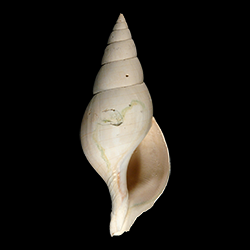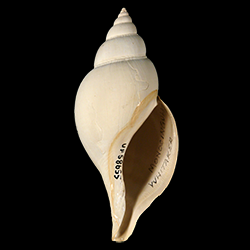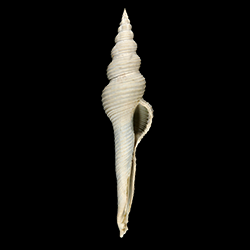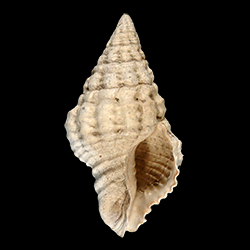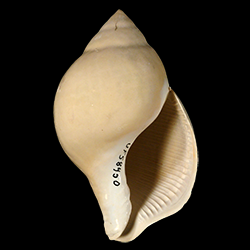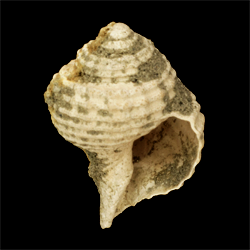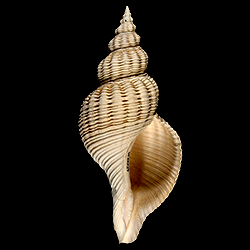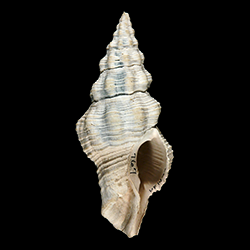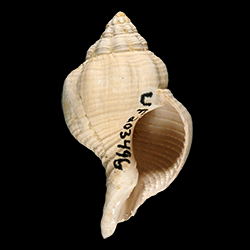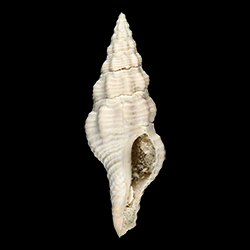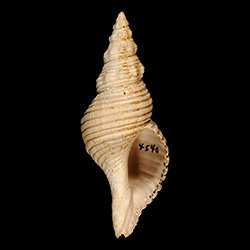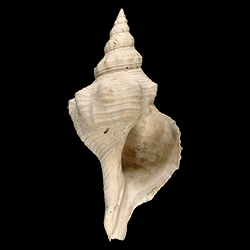
Fasciolariidae
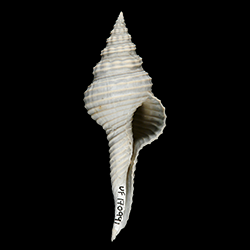
- Phylum: Mollusca
- Class: Gastropoda
- Order: Neogastropoda
- Family: Fasciolariidae
Overview
Common name: Tulip shells and spindle shells
Key morphological features: The Fasciolariidae are medium to large gastropods with fusiform shells having medium or high spires and long, straight siphonal canals. Exterior sculpture consists of spiral cords with rounded, axial knobs, especially prominent towards the whorl shoulder in most species, but a few species lack sculpture. Whorl shoulders are prominent and all species lack varices. Columella typically have one fold and the labrum is either smooth or with fine, spiral striae on the interior. The protoconch is paucispiral or multispiral, with the last nuclear whorl often exhibiting axial sculpture. Sources: Davies, A.M. 1971. Tertiary Faunas Vol. 1, second edition. New York: American Elsevier Publishing Company, Inc. 571 pp.; Tunnell Jr., J.W., Andrews, J., Barrera, N.C., Moretzsohn, F. 2010. Encyclopedia of Texas Seashells. College Station: Texas A&M University Press. 512 pp.
Geological range: Upper Cretaceous to Recent (Davies, 1971).
Geographic distribution: A distributional map for modern Fasciolariidae may be accessed from OBIS. A distributional map for ancient Fasciolariidae may be accessed from the Paleobiology Database.
Diversity: There are 544 recognized living species of Fasciolariidae and 35 genera (WoRMS database, unvetted). The Paleobiology Database recognizes 68 fossil genera and 684 fossil species of Fasciolariidae (unvetted).
Paleoecology: The extant Fasciolariidae are predatory marine gastropods, certain species of which can attain very large size. Triplofusus giganteus, the Florida Horse Conch, is the largest living gastropod in the Atlantic Ocean, capable of reaching sizes exceeding half a meter (up to about two feet) in length. Large species feed mostly on other gastropods and bivalves, while smaller species feed more frequently on polychaete worms. Species of Fasciolariidae inhabit sandy or muddy habitats, and in some cases seagrass beds, at tropical to temperate latitudes worldwide, and depths ranging from intertidal to hundreds of meters. Sources: Tunnell et al. (2010); Harasewych, M.G., Moretzsohn, F. 2010. The book of shells. Chicago: The University of Chicago Press. 656 pp.
Phylogenetic status: Monophyletic. The molecular phylogenetic analysis of Couto et al. (2016) supports the monophyly of Family Fasciolariidae.
